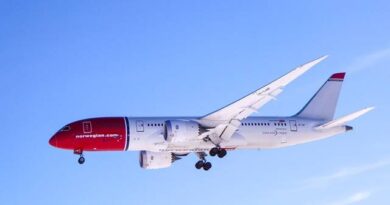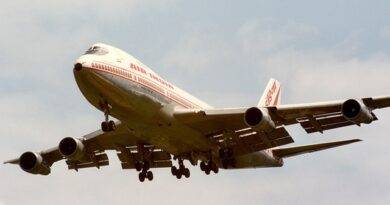Understanding DOC 4444: The Aviation Rule Book
Aviation is a complex industry with strict regulations to ensure safety and efficiency in air travel. One of the cornerstone documents in this realm is DOC 4444, a critical rule book governing international aviation procedures. Created by the International Civil Aviation Organization (ICAO), DOC 4444 plays a pivotal role in maintaining global aviation standards.
What is DOC 4444?
DOC 4444, officially titled “Procedures for Air Navigation Services – Air Traffic Management” (PANS-ATM), is an essential manual for air traffic management. It details the procedures and protocols necessary for the smooth operation of air traffic services worldwide. This comprehensive document provides guidelines to ensure uniformity and safety in air traffic operations (ICAO).
Who Created DOC 4444?
The International Civil Aviation Organization (ICAO), a specialized agency of the United Nations, is the creator of DOC 4444. Established in 1944, ICAO’s primary purpose is to manage the administration and governance of the Convention on International Civil Aviation (Chicago Convention). This organization plays a crucial role in developing global aviation standards and practices to ensure safe and orderly growth of international civil aviation (ICAO) (OpsGroup).
The Purpose of ICAO
ICAO’s mission is to promote safe, secure, and sustainable development of civil aviation through cooperation among its member states. It sets international standards and regulations necessary for aviation safety, security, efficiency, and environmental protection. By fostering collaboration and providing a platform for discussion, ICAO helps address global aviation challenges and enhance air travel worldwide (ICAO).
Who Uses DOC 4444?
DOC 4444 is primarily used by air traffic controllers, airline operators, and aviation authorities. These professionals rely on the guidelines and procedures outlined in the document to manage air traffic efficiently and safely. By adhering to the standards set forth in DOC 4444, air traffic services can minimize risks and ensure a consistent approach to air traffic management across different regions and countries (OpsGroup).

image made with AI
The Content of DOC 4444
DOC 4444 encompasses a wide range of topics crucial for air traffic management, including:
- Air Traffic Control Procedures: Guidelines for the safe and efficient control of aircraft movements.
- Flight Information Services: Protocols for providing pilots with essential flight information.
- Alerting Services: Procedures for notifying relevant authorities about aircraft in distress.
- Coordination Between ATC Units: Standards for communication and coordination between different air traffic control units.
- Separation Standards: Guidelines to maintain safe distances between aircraft.
- Air Traffic Flow Management: Strategies for managing air traffic demand to prevent congestion and delays (ICAO) (OpsGroup).
Importance of DOC 4444
DOC 4444 is vital for maintaining high standards of safety and efficiency in international air travel. Its importance can be summarized as follows:
- Safety: By providing standardized procedures, DOC 4444 helps prevent accidents and incidents, ensuring the safety of passengers and crew.
- Efficiency: Uniform procedures enhance the efficiency of air traffic operations, reducing delays and optimizing airspace usage.
- Global Standardization: DOC 4444 ensures a consistent approach to air traffic management worldwide, facilitating seamless international air travel.
- Regulatory Compliance: Adherence to DOC 4444 is crucial for aviation authorities and operators to comply with international regulations and standards (Airline Pilots Forum and Resource) (ICAO) (OpsGroup).
Conclusion
DOC 4444 is an indispensable rule book in aviation, shaping the safety and efficiency of global air traffic management. Created by ICAO, this document serves as a comprehensive guide for air traffic controllers, airline operators, and aviation authorities. By understanding and adhering to the procedures outlined in DOC 4444, the aviation industry can continue to uphold the highest standards of safety and efficiency, ensuring smooth and secure air travel for all.


